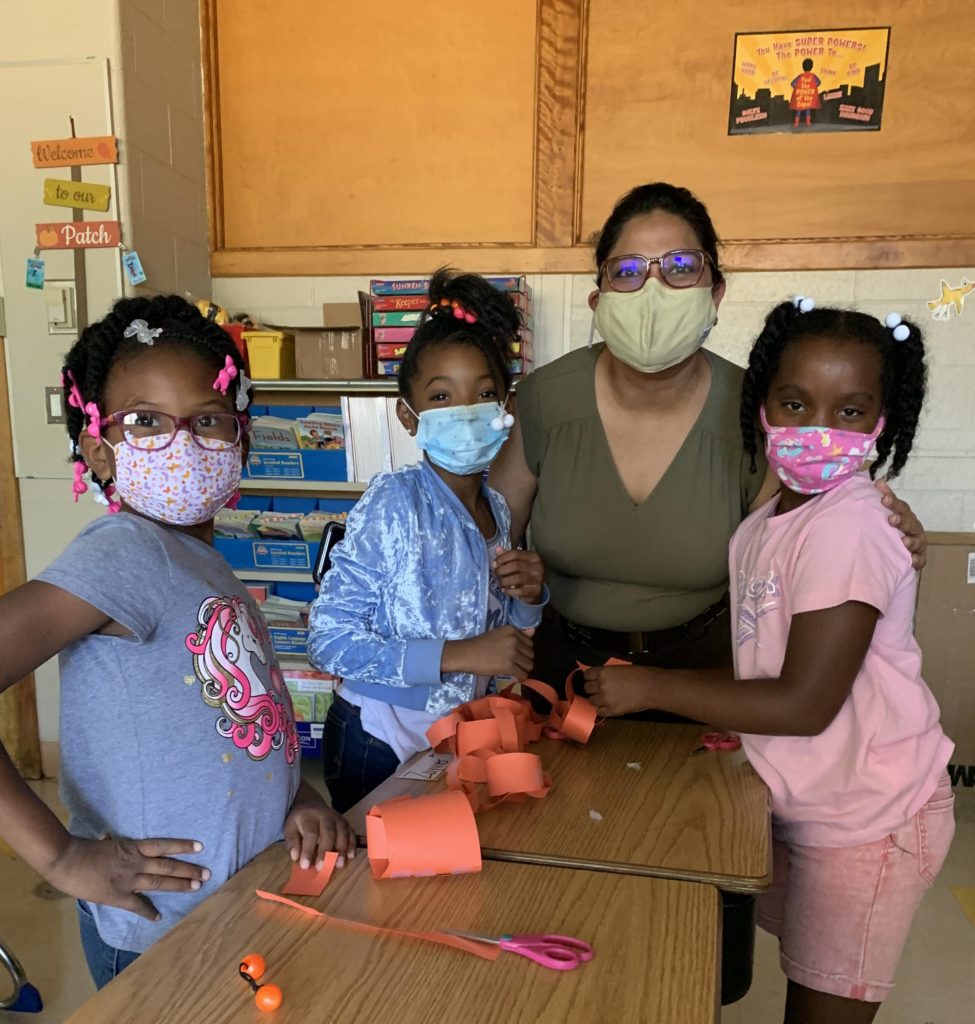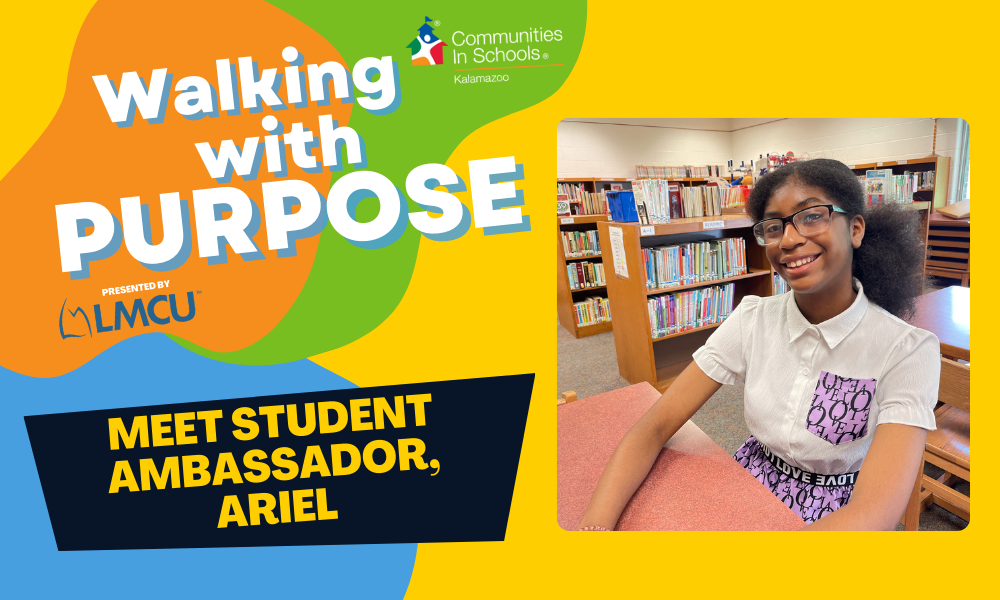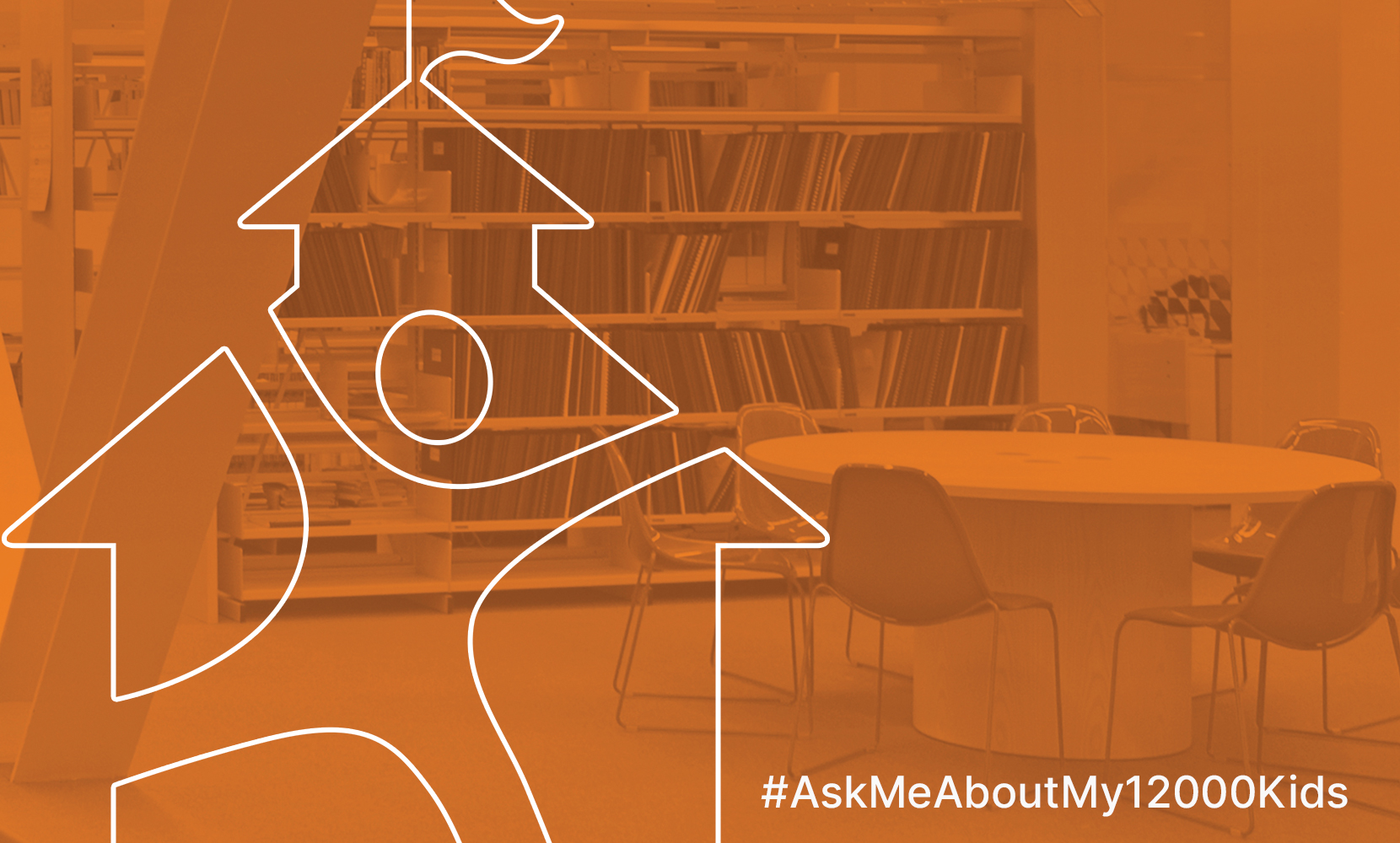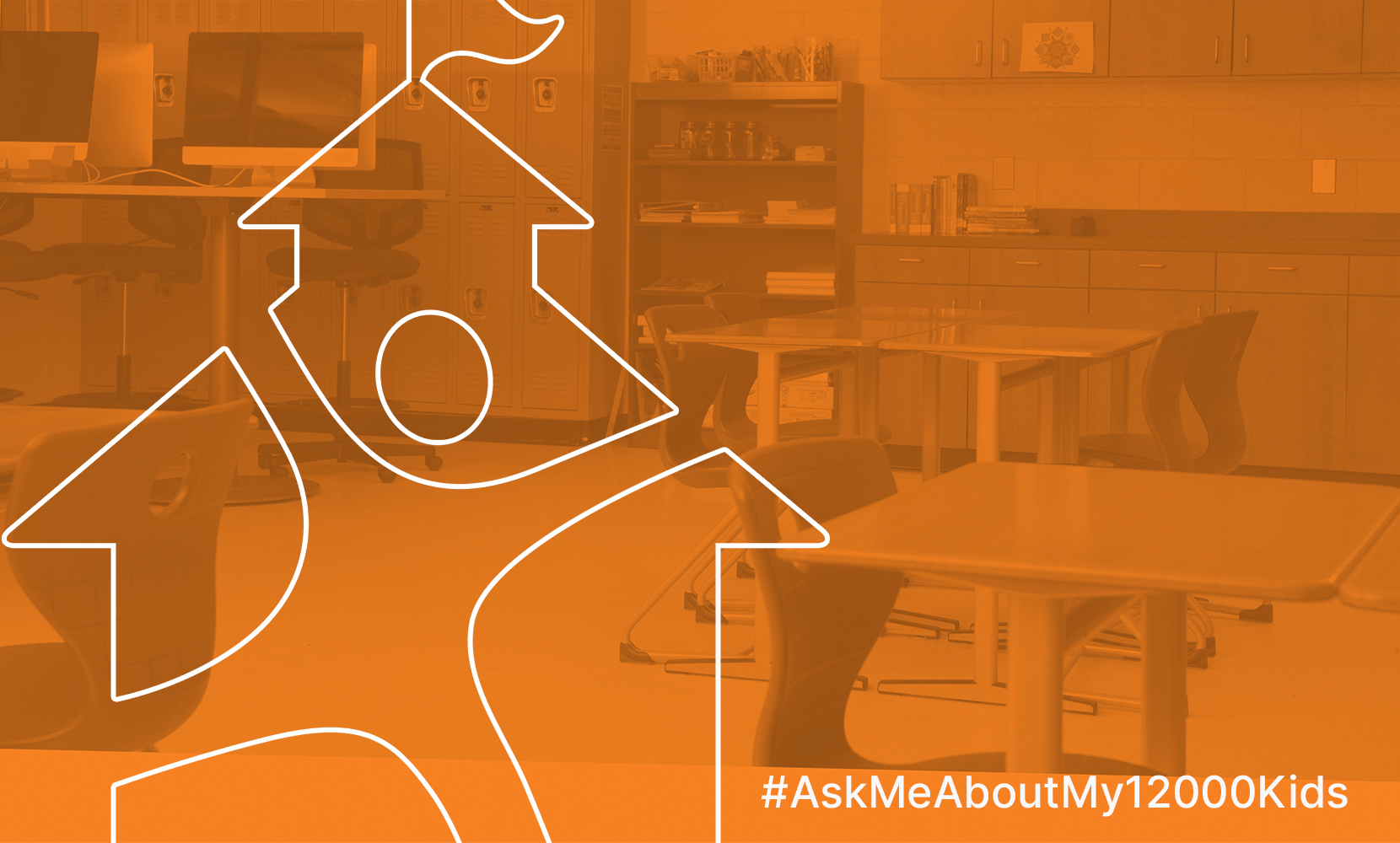
Welcome back to the POP QUIZ! This is a regular, yet totally unexpected, feature where we ask students, parents, staff, our friends, and partners to answer a few questions about what they are learning, reading, and thinking about.
Today we feature Dr. Rita Raichoudhuri, superintendent of Kalamazoo Public Schools. She is also a board member of Communities In Schools of Kalamazoo. “How fortunate our district is to have these resources,” she says. “Not every community has CIS … When our schools think about CIS staff, they don’t think of them as CIS staff, but Woodward staff, Washington staff. They are a part of that school team and that seamless identity of all the adults working together toward the same mission. Our two organizations work really well together.”
Prior to coming to Kalamazoo Public Schools in June of 2020, Dr. Raichoudhuri worked for Chicago Public Schools. [A more extensive bio can be found here.]
Being a superintendent is hard enough, but doing it doing a pandemic only makes the job tougher. It is an understatement to say that she is rather busy these days. We’re grateful that she took a few moments out of a packed day to let us pop this quiz on her.
Alright, Dr. Raichoudhuri: pencil out, eyes on your own paper. Good luck.
Pop Quiz
In the June Excelsior issue, you reflected on last school year and noted that kids and their families have endured many challenges because of Covid. You also pointed out that while there were many losses, there were also opportunities for gaining skills and developing new insights. You went on to say, “Whatever obstacles you encounter in the future, remember the wisdom you gained this year.” Can you toss us a bit of wisdom that you, personally, have learned along the way?
We’ve had some collective learning as a team in leading the district through the pandemic last year; learning that we have quantified and ingrained in how we do business and in our practice moving forward. So some things that we were forced to implement because of Covid—but found useful—will remain.
Such as?
One is the efficiency of virtual or hybrid meetings. We pull our school leaders away from their schools because we meet with our principals and our assistant principals often. We pull them away and they have to drive to another location … Principals started asking if we could make in-person meetings optional, to come if you want to, stay virtual if there is something going on or you are short-staffed at school. Could they have the option of virtually streaming in. And we’re like, Absolutely!
We’ve seen productivity go up, even internally here because in the past, if your child was sick, you would have to take a sick day to stay home and take care of them. But if you’re not sick, you don’t necessarily need to take a sick day, and we’re allowing people to not take a sick day and still work from home while taking care of a child. So those kind of strict rules of what’s considered productive work and how it needs to happen versus results, well, we’re focused on the results rather than the minutia.
And for children, the reason that we intentionally said that virtual is not just for those who are afraid to be in in-person spaces because of Covid, virtual is for anybody for whom that model just works better from a learner standpoint.
… We were quite flexible in the way we led last year. We changed our delivery model for virtual learning three times based on student and parent and educator feedback. We saw that many of our students actually did better academically in a virtual setting than they did in a brick-and-mortar building … So we know that it works for many, and we didn’t want to take that option away, so we established our first virtual school that is going to continue into perpetuity, even post-Covid, because any child who feels that that is a better learning model for them should have access to it.
We strive to live up to our credo: Every child, every opportunity, every time. It’s a huge financial investment that we will continue to make. It was an adjustment that we realized we need to keep offering students to meet them where they are.
What percentage of students have chosen to do virtual learning this school year?
Four percent. That’s 540 kids.
Something else we learned is how we offer parent/teacher conferences. Parents said they loved the virtual conferences. They didn’t have to worry about childcare, wait in line behind other parents to get to talk to teachers, or worry about going from one building to another if they had three kids in three different schools. Parents overwhelmingly said, Can we keep this model going?
So we’re going to keep that model going! We saw a huge increase in parents participating in parent/teacher conferences because those barriers were removed. We want our parents to participate so we want them to have the option of coming in person or doing conferences virtually.
Another big takeaway was that we knew that being virtual for many of our students would take a social and emotional toll on them. So we were very intentional in offering the SEL [Social, Emotional Learning] block for 90 minutes each week. Moving forward, we are integrating SEL into all of our curriculum because those are skills that our children need to be successful in life. It’s just as important to learn two plus two is four as it is to self-regulate.
[KPS has established its first SEL center, slated to open this fall in the former Oakwood Elementary School. In addition to making SEL resources available, it will offer learning sessions for adults and how they can support the social and emotional health of themselves, their children, and families. You can learn more about this exciting new resource in this Excelsior issue.]
We also established our first Career pathways program. We’re still building the model with six other organizations nation-wide who are also part of that cohort. And we have established our first equity task force.
You’ve been busy!
Yes, we did a lot of work despite Covid! We’ve been future-thinking. In a crisis situation, leadership tends to be reactive as you are reacting to things that may be cropping up. But we were also able to be strategic and forward-thinking. For example, we made our mask mandate back in April 2021 when everybody was saying, no masks.

Do you think this experience of educating students during a global pandemic will ultimately impact how we approach K-12 education in our country? Has it shaken loose a collective wisdom that might offer up innovative ideas or new opportunities for how we approach public education?
I’ve been waiting to see from a national level, or even a state level, if policy changes come around based on learning from Covid. I haven’t seen any. There has been a lot of think tank articles introduced by Brookings and nongovernmental agencies with ideas and thinking around what can be done, but I haven’t seen public education pick up the mantel yet … I think innovation is going to have to happen at the local level … It’s easier to steer a ship that’s local, versus the state making recommendations or mandates and local context may not allow for that to happen. The barrier is that state and federal policies get in the way of innovation.
An example would be independent study which is something other states already allow. Michigan is still catching up. I would have loved to have had the opportunity last year if we could have offered that. I was hearing wonderful stories from parents. My child is becoming a chef and making lunch for himself and his siblings. Or, My kids are gardening together. And, My child is going for runs around the block. It would have been great if we could have taken all those experiences and said, Oh, you’re learning a new skill! We’re going to give you credit for that. That’s your elective.
…If we were to learn from Covid, and to make some changes, they are mainly policy changes that will then allow local organizations to make practice changes.
What are you currently reading?
Lots of articles about Covid and schools! I haven’t, unfortunately, been able to read for pleasure in a very long time, even pre-pandemic. That’s just the nature of the work. I do read a lot of professional articles and books.
There is a book on my nightstand that’s been there for a while. I’ve been reading a few pages here and there. It’s called Leadership on the Line by Ronald Heifetz and Marty Linsky … I love reading fiction. I just haven’t done it in a while.
What is your favorite word or phrase right now?
Resiliency. I just have to remind myself to be in that frame of mind myself. It’s been over a year of this [pandemic] and it wears you down and then you start thinking, Oh, am I doing it right?
I’m making all these decisions—and I’m making these decisions with children at the center—so I feel good about them, but then you receive all the negativity and you start second guessing how you’re leading. So it’s resiliency and persistence.
What is a question you recently asked or perhaps have been asking a lot lately?
A question that I have been asking myself and haven’t brought it to the team is, Am I truly being inflexible?
One of the latest issues I’ve been dealing with is the desire for these late transfers from in-person to virtual learning. I provided a thorough rational for why we can’t do it—seven really, really big reasons why we can’t do it and if we did it, it wouldn’t be good for kids, their academics would suffer and so on. Throughout that process, I’ve been reflecting and asking myself the question of, Am I being inflexible? I know I’m doing the right things for kids but could there have been flexibility? And I come up with the same answer each time. No.
What is one of your earliest memories that got you thinking you wanted to be in the education field?
I always envied teachers being able to write on chalkboards. It was such a cool privilege only teachers got. Everybody else is writing with pencils on paper. But once in a blue moon, a teacher invited you up to the chalkboard to solve a problem. I just loved the smoothness of the chalk; the sensory element of it I really enjoyed. I wanted to be a teacher so I could write on chalkboards! Well, by the time I became a teacher, chalkboards were gone and it was whiteboards.
Behind every successful student is a caring adult. Who has been one of your caring adults?
I have been privileged and feel lucky to have grown up in a loving family. My parents invested in my education. My mom was a homemaker and her entire existence was to make sure we were fed nourishing foods and we were doing our homework. My parents showed up for every parent/teacher meeting. When I think about that, I think how we don’t see that consistency for some of our children. I often think, What is it we can do within in our locus of control to create that for them, for children to have a loving and caring adult who is their advocate at the school?
My parents were always, and still are, caring adults in my life. I also had really great teachers. I moved to the United States when I was nine (from India) and while I spoke fluent English, I had a fairly thick accent. I was shy and couldn’t make friends. I was an extreme introvert—I still am. People may not know that about me, but I figured out how to work with it. I had teachers who helped me make friends and found books for me to read that they thought would help me connect my culture with being in this new country.
I have vivid memories of kindness from educators. Educators who challenged me, who understood me as a scholar and as a person. Having an educator who knows how to guide you and push you and doesn’t let you have low expectations of yourself, well, I think that’s what every educator should do apart from imparting knowledge. It’s that guidance piece, helping a young person be the best version of themselves.
Thank you, Dr. Raichoudhuri, for hanging out with us at Ask Me About My 12,000 Kids.
[We continue the conversation with Superintendent Dr. Raichoudhuri and you can find the rest of that conversation in the fall issue of CIS Connections.]
Tags: CIS, Communities In Schools of Kalamazoo, Dr. Rita Raichoudhuri, educational leadership, Kalamazoo Public Schools




